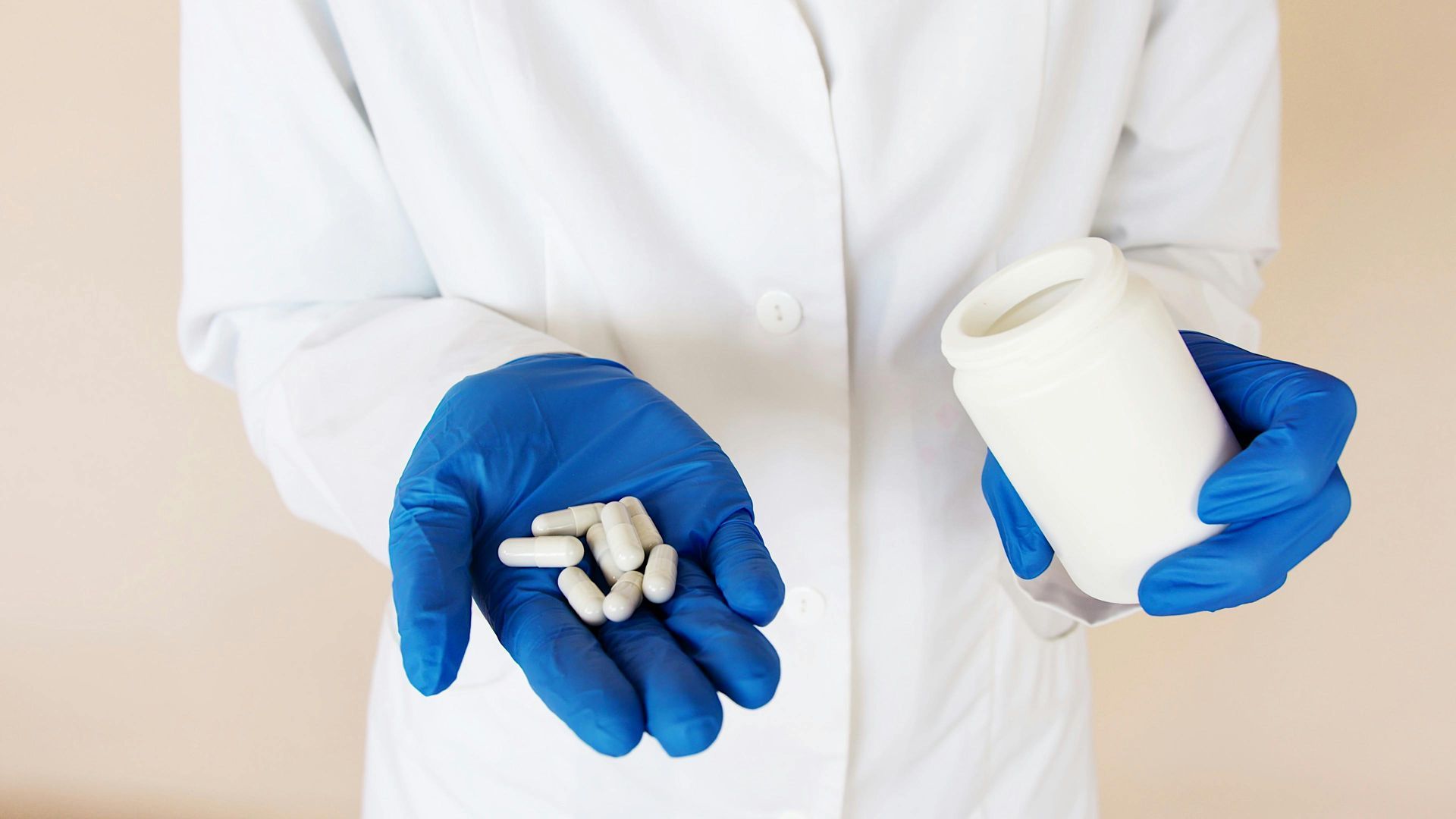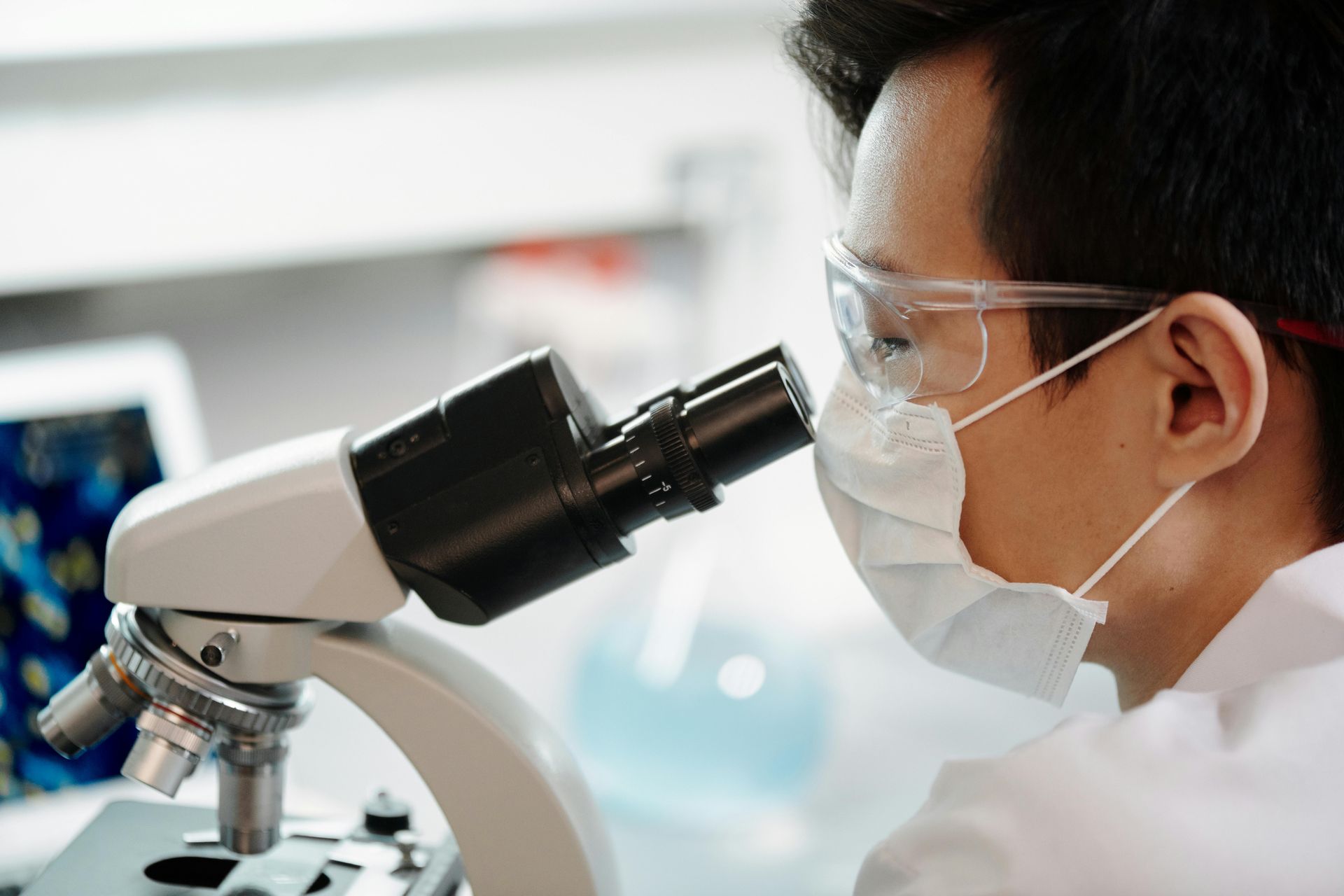Good Documentation Practices in a GMP-Regulated Plant

Guidelines for enforcing good document management practices in pharma industry
Pharmaceutical and medical device manufacturers adhere to the current good manufacturing practice regulations, and safety guidelines set by the Food and Drug Administration (FDA) to ensure the safety of their product output. Part of that compliance is proper documentation procedures.
Good Documentation Practice (GDocP) enforces best practices for creating and maintaining facility documentation and, by extension, protects the integrity of manufacturing processes. Quality control in the pharmaceutical industry must go beyond batch testing and utilize process verification methods to ensure the production line itself is compliant. And documentation plays a significant role to that effect.
Any GMP-regulated plant will diligently fulfill its regulatory responsibilities in the name of GDocP, which serves as an essential component to an overall pharmaceutical quality system (PQS) and quality risk management (QRM) initiative. GDocP also prepares facilities for inspections and audits and allows them to find the root cause of product issues, deviations, and recalls.
The life sciences industry also refers to Good Documentation Practices as Good Recordkeeping Practices (GRK). However, the abbreviation “GDP” is not recommended, as it refers to a separate concept known as Good Distribution Practices.
Basic Principles of Good Documentation Practices in the Pharma, Biotech & Medical Device Industries
GDocP primarily deals with the data manufacturing facilities collect as part of their GMP compliance. These companies produce many types of guidance documents to support recordkeeping responsibilities.
Records Under the Control of Good Documentation Practices
Pharmaceutical and medical device manufacturers create documents that fall into four categories:
- Primary records detail essential production information, including formulas, contracts, and packaging and delivery instructions.
- Procedure documentation includes the guidelines for conducting procedures throughout the factory.
- Supporting documents allow pharma and medical device businesses to meet their GMP requirements. They include maintenance documents and equipment calibration reports.
- Quality control records have to do with product testing procedures and investigations into product recalls.
The life sciences industry deals with dozens of these documents. Only a few examples are batch records, self-inspection reports, clinical study records, certificates of analyses (CoAs), certificates of compliance (CoCs), distribution records, laboratory logs, product and shipping labels, employee policies, standard operating procedures, training materials, and workplace safety reports.
ALCOA
Regulatory authorities expect this information to follow the good documentation practices guidelines of the ALCOA acronym:
- Accurate. Facilities must verify that documentation is accurate and not intentionally misleading to prevent fraudulent entries.
- Legible. The information in the documents must be easily readable and accessible. It must be available in commonly accepted formats and contain known notations and terms.
- Contemporary. Documentation must cover events as they occur. Documenting details well after the fact is not permissible.
- Original. GDocP does not accept copies of documentation. Even edited records with fixed mistakes must retain the original text.
- Attributable. Documentation must be traceable. Individuals involved in creating the documentation, from recorders to data entry employees, must divulge their identities in the documents.
Recent developments have also expanded on this acronym:
- Some companies are planning to make documentation attributable by applying blockchain technology to the recordkeepers.
- A new emphasis on digital security and data backups has arisen in response to the increasing digitization of medical records.
- To keep documentation contemporary and reporting timely, some facilities are using automated time-stamping alongside digital records.
These guidelines and practices apply to all steps in the product’s lifecycle, including conception and design, clinical trials, manufacturing, distribution, and post-release monitoring.
The Importance of Good Documentation Practices Training
Proper documentation practices are critical to the long-term success of a pharma or medical device manufacturer. Companies in this space invest greatly in GDocP training because it directly contributes to product safety, legal compliance, and audit preparation.
Ensuring Product Safety and Efficacy
Keeping reliable, accurate, and complete records help companies achieve GMP certification and guarantee the safety, effectiveness, and quality of their pharmaceuticals and medical devices.
Dedication to GDocP consequently results in consistent quality products and lower chances of product recalls. Documentation reduces the incidence of errors and can help trace the source of issues if they do arise.
Good documentation practices are especially vital in the life sciences industry, where product quality can impact the health and safety of end users. It also helps combat recent trends in counterfeit medicines and medical devices, which rose by 38% between 2016 and 2020.
Meeting Regulatory Requirements
Implementing good documentation practices procedures also allows pharma or medical device businesses to comply with international quality standards and regional regulations. Examples include:
- The FDA’s cGMP requirements that detail current standards for safe manufacturing process.
- ISO certifications for tasks like laboratory testing, information security, and medical device manufacturing.
- ICH requirements from the International Council for Harmonisation of Technical Requirements for Pharmaceuticals for Human Use.
Preparing For Compliance Audits and Inspections
GMP inspections—either from the FDA, the EMA, or any other regulatory agency—will certainly survey documentation, recordkeeping, and data integrity systems.
And positive recordkeeping practices start with proper data governance measures. Empower employees to take on the FDA’s expectations through GDocP training.
Why Should Pharmaceutical and Medical Device Companies Turn To Training?
You can’t assign document management to a separate department in the organization and expect good results. Training matters because GDocP requirements apply to employees throughout the organization. ALCOA principles, as mentioned, are necessary throughout the production line from design to post-market activities.
Managerial buy-in is another essential component of GDocP compliance. Recordkeeping contributes to proper data governance measures, which GMP inspections will look for. And upper management can demonstrate dedication to quality recordkeeping by requiring GDocP training for personnel.
Training for good documentation practices proves useful for various types of employees, including:
- Contractors
- Suppliers and vendors
- Warehouse workers and transport services
- Logistics and delivery services
Everyone involved in tasks from raw material sourcing to product testing, labeling, quality assurance, and distribution must write and maintain documents as part of the job. GDocP training allows both employees, contractors, and other stakeholders to understand GMP guidelines regarding recordkeeping and documentation maintenance.
Elements of Effective Good Documentation Practices (GDP) Training
When searching for GDocP training courses, you need to find one that covers all your bases.
- Broad coverage of international standards and requirements, including GMP, ICH, and ISO.
- Guidance on building compliant documentation policies and procedures within a facility.
- Lessons on modern recordkeeping tools, such as electronic records and signatures.
Since nearly all your personnel will need training in good documentation practices, look for courses that offer flexible delivery methods, from classroom-based instruction to on-site guidance.
Keep Your Manufacturing Processes Reliable and Verifiable Through Good Documentation Practices
GDocP contributes not only to GMP compliance but also safer and more effective drugs and medical devices. Documentation keeps track of recent audits and inspections and thoroughly details every aspect of your production line, leaving a paper trail to pinpoint potential problems before they impact the finished products.
The most GMP-compliant facilities recognize the need for reliable documentation and prioritize GDocP training for their personnel. Are you looking to reinforce your team with certified document management professionals? Get your staff up to speed by registering for CfPIE’s “Effective Document Management for Pharma, Biotech & Medical Device” course today.
Blog Categories
Stay Informed


